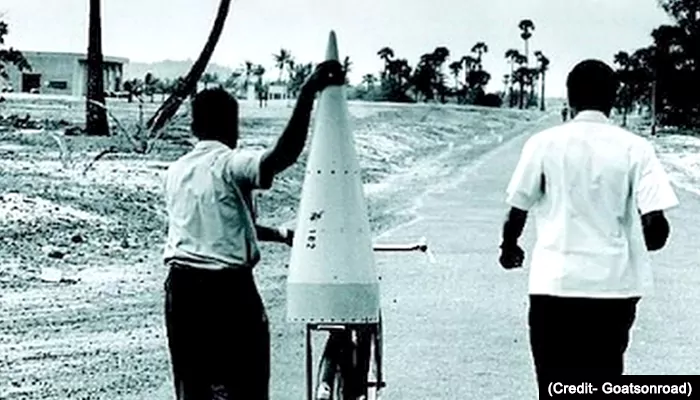
This World Photography Day, check out some of the most powerful pictures from India’s history that defined the country’s growth forward
Cameras are probably one of the most important inventions in human history, helping us document events in visual form, unlike the times when events were recorded in journals. Speaking about historical events, India has a rich history, ranging from the Mughal period to the British Raj and India’s struggle against it, culminating in India's current status as one of the world's leading nations.
This World Photography Day, let's take a look at some of the most powerful photos from India’s history.
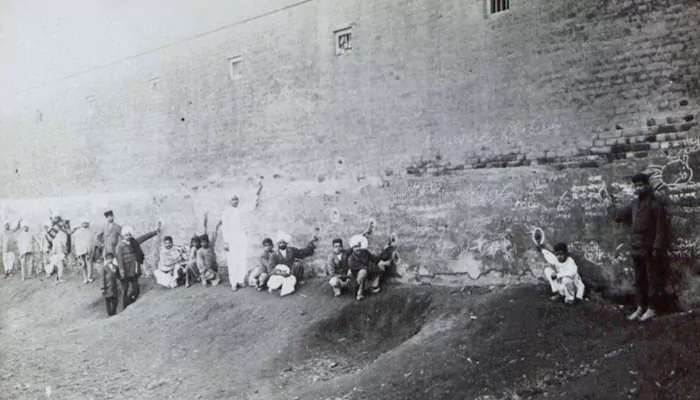
Narayan Vinayak Virkar was a famous portrait photographer for the Indian National Congress. However, he reached Amritsar to capture the aftermath of the Jallianwala Bagh Massacre. He captured the photographs of survivors who showed him the bullet holes on the wall.
![]()
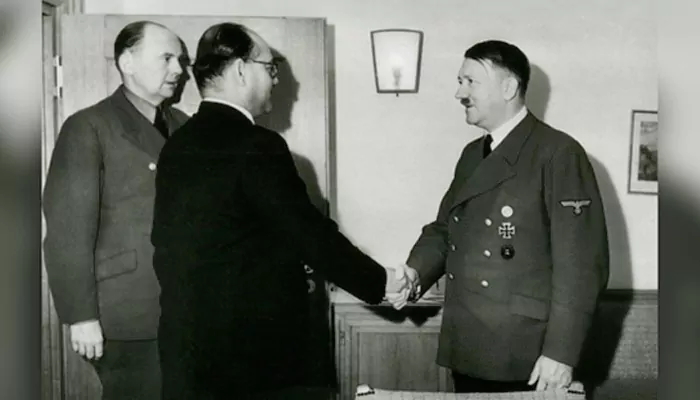
Adolf H*tler deserves no mention in history given his horrible deeds. However, in the battle for India’s freedom, a crossroad emerged when Netaji Subhash Chandra Bose had to meet Adolf, as both had a common enemy. The picture shook the British Raj as they were already struggling with finances and manpower during the WWII.
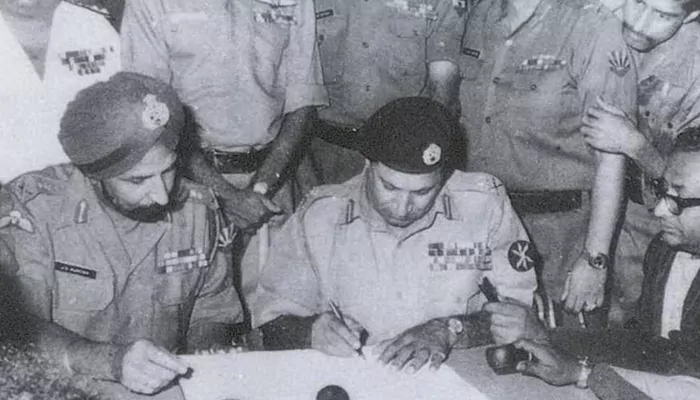
India gained freedom and moved on into a new direction. However, rivalry with PAK meant regular troubles, and in 1971, India had to go into full-scale war with PAK because of their atrocities on the East Bengal population (now Bangladesh). However, India crushed the PAK army in the East, which gave us an iconic picture of Lieutenant General A.A.K. Niazi of the PAK Army signing the Instrument of Surrender, accepting defeat at the hands of India.
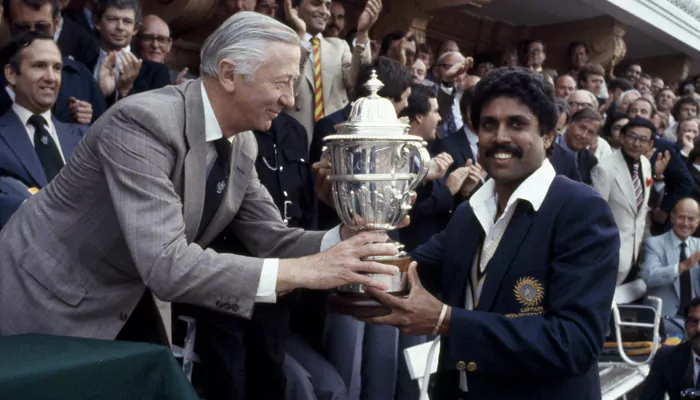
Despite being a new country, India, after 1947, went into several full-scale wars and dealt with multiple societal, financial, and political issues, which are still issues even today. Therefore, the country had very little reason to smile. In 1983, India's World Cup victory brought the entire country together to laugh, smile and celebrate.
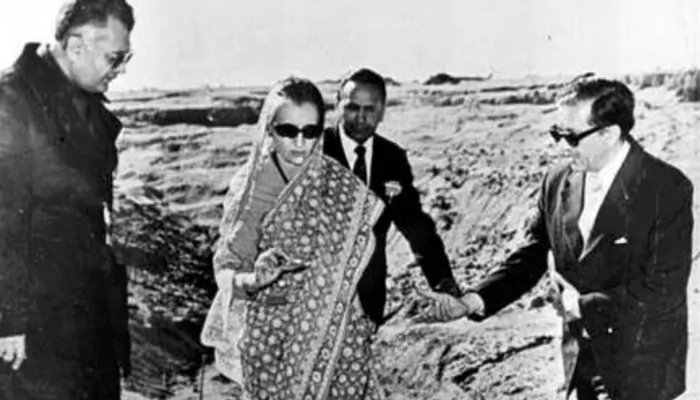
Given India’s tense geopolitical relations with neighbouring countries and the world’s changing dynamics, India realised it needed to become a nuclear power. Codenamed “Smiling Buddha”, India’s first nuclear test was held in 1974, and the then Prime Minister Indira Gandhi had visited the site of the test.
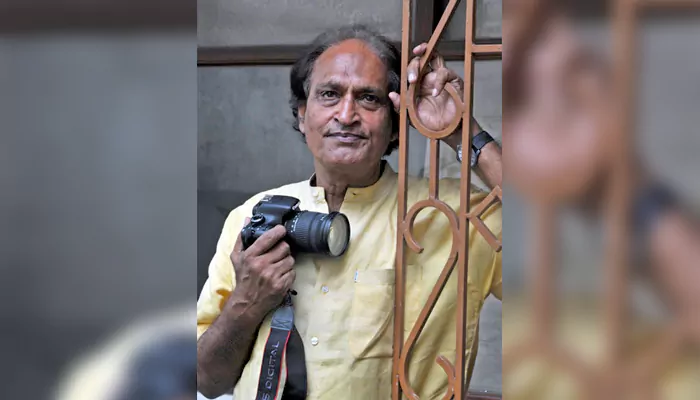
The Bhopal Gas Tragedy is one of the darkest chapters in Indian history. Renowned photographer Raghu Rai had captured the picture of the burial of an unknown child. Given the graphic and sensitive nature of the picture, we have not included it in this article, but one can check it out by searching online.
Ratan Tata, who was once insulted by Ford, taught them a lesson when Tata purchased Jaguar and Land Rover. The move was hailed as the “deal of the century.”
There are hundreds of more powerful images that capture the timeline of India from being a colonised state to a sovereign superpower. However, we chose these few that depict the country’s growth, not only as a sovereign state but also as a major player in sports and the economy.